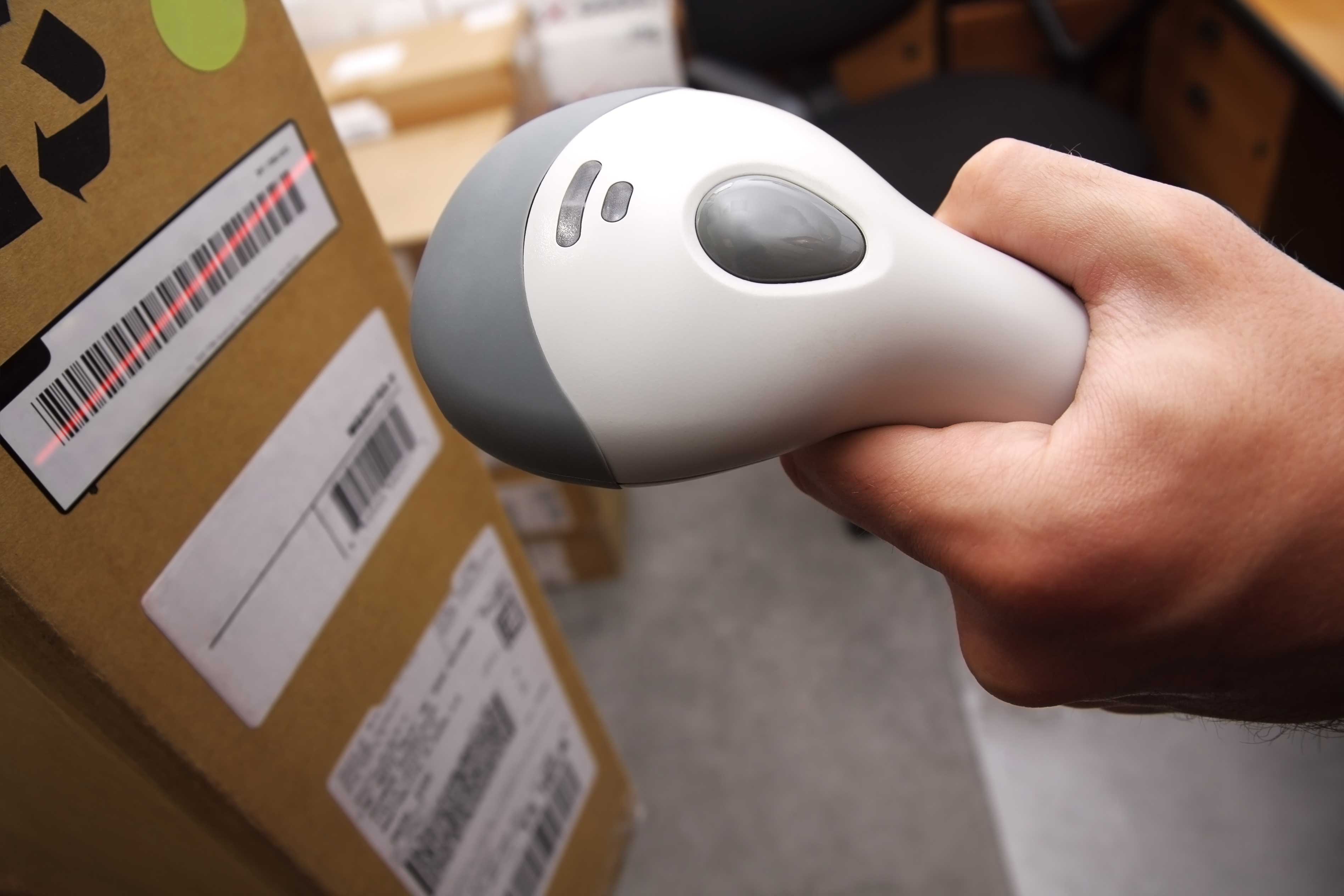
Barcodes are nearly everywhere – they’re used in every industry for a multitude of purposes, from shipping to inventory and asset tracking. There’s a reason for this: they’re an extremely effective method for accomplishing many different tasks for both consumers and companies. But there are different types of barcodes that serve different types of purposes, and making sure this accessible and effective technology is being used well can strongly impact the ways in which consumers shop, companies function, and messages are relayed.
Barcode scanning is exceptionally accurate, increases task efficiency, and has grown in use since the first introduction in the 1970’s. As with other technologies, there are multiple types and uses for it, but which type to implement will depend upon the application and requirements of the company.
Barcodes typically fall into two types: either a 1 dimensional (1D) or 2 dimensional (2D). Gaining in popularity, 2D barcodes are implemented because more data can be encoded in them than 1D barcodes. Scanners for these barcodes all use similar technology – most are either laser scanners or imager scanners. Laser scanners work with mirrors that rotate quickly, and typically only read 1D barcodes. However, imager scanners take a picture or image of the barcode and decode the information contained in the barcode, and are capable of reading both 1D and 2D barcodes.
The type of scanner best suited for a business will depend upon the barcode that needs to be read. Typically, laser scanners are quicker to decode the barcode as there is less data to decode; however, the decode rate between laser and imager scanners is almost imperceptible to the user. Additionally, as the use of 2D barcodes becomes more standard, imager scanners may become a requirement to keep up with evolving technology. To protect the users’ investment, some imager scanners offer the option to purchase only 1D capability, and then to purchase the upgrade to 2D scanning in the future.
The potential functionality of these barcodes can also affect a business-owner’s decision to choose one over the other. While 1D barcodes are more widely used, they have their limitations. For businesses in retail, 2D barcodes and imager scanners are a very worthy investment, because the opportunities to provide extra services for customers are much larger. These barcodes can be read off the screen of a smart phone, so mobile rewards programs and apps can function seamlessly from mobile to in-store interactions. A 2D barcode is also capable of holding more information in a smaller pattern, and can contain multi-media data, such as images, website addresses, voice recordings and other kinds of binary data.

